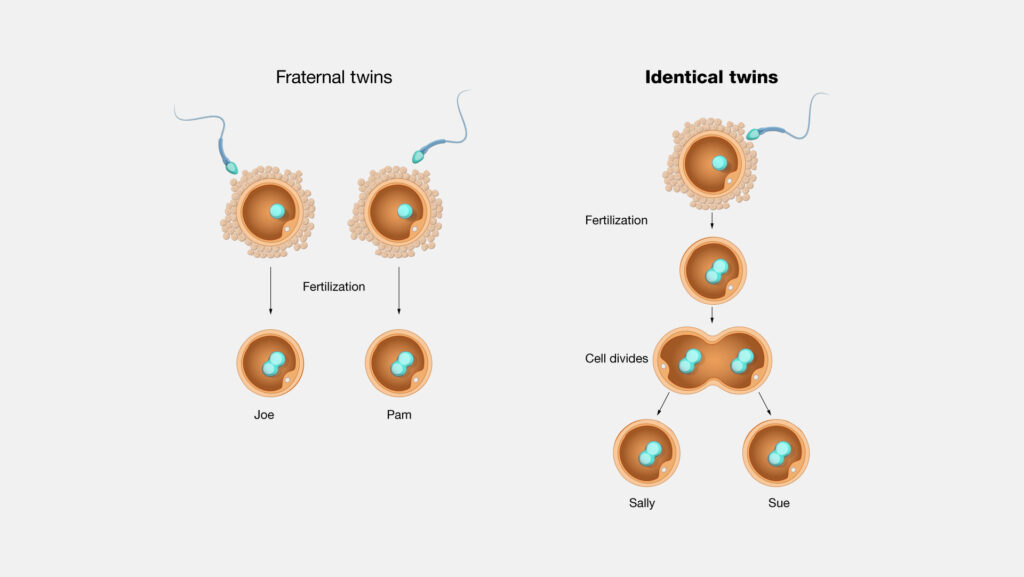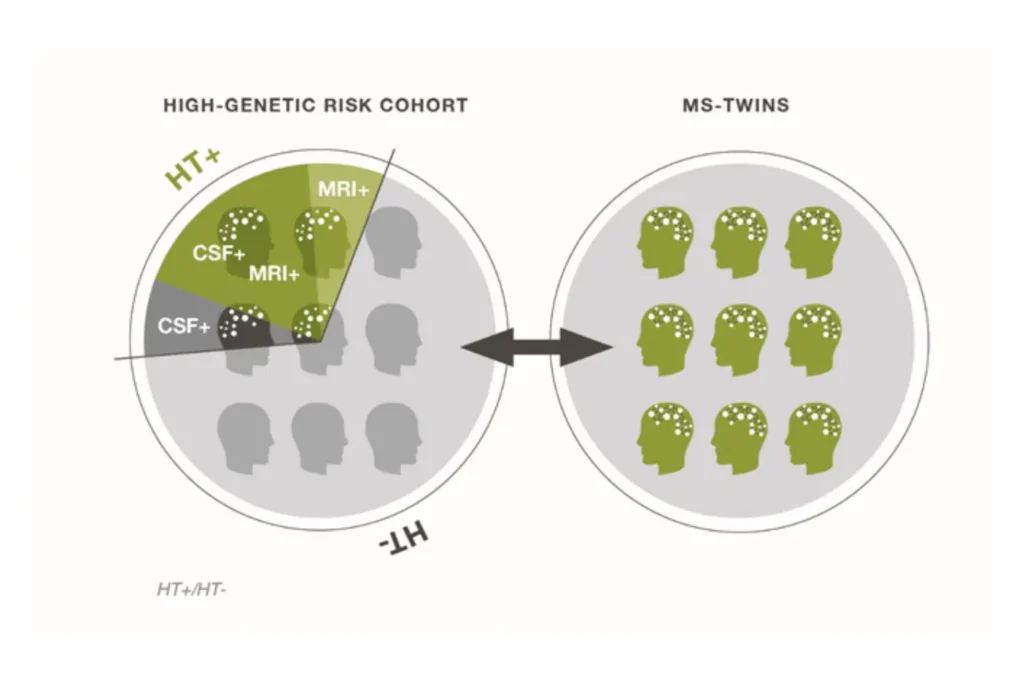Why Study Identical Twins?

Identical (monozygotic) twins offer a rare opportunity to isolate the effects of environmental and microbial factors, since they share:
- The same genetic material
- Similar early-life environments
- Comparable diets and lifestyle habits (especially during childhood)
By studying 81 twin pairs in which only one sibling had MS, researchers could control for genetic differences and focus squarely on variations in gut bacteria.
The Munich Twin Study: Uncovering the Microbial Signature

In the Munich MS Twin Study, researchers collected gut and stool samples from 81 pairs of identical twins. Each sample was analyzed using 16S rRNA gene sequencing, a method that identifies and classifies bacteria.
Key Findings:
- Over 50 bacterial taxa were differently abundant between MS and healthy twins.
- Researchers found a notable rise in Firmicutes bacteria, especially those from the Lachnospiraceae family.
- The overall diversity of gut bacteria was not drastically different—specific strains made the difference.
Out of more than 50 microbial candidates, two bacteria—Eisenbergiella tayi and Lachnoclostridium—stood out as possible triggers for MS.
Eisenbergiella tayi and Lachnoclostridium: The MS-Triggering Bacteria

Both Eisenbergiella tayi and Lachnoclostridium belong to the Lachnospiraceae family, a group of bacteria that are usually common and harmless residents of the human gut. However, in MS-affected individuals, these bacteria were significantly more abundant and associated with inflammatory activity.
Why These Bacteria Matter:
- Linked to pro-inflammatory immune responses
- Found in greater numbers in MS-affected twins
- Triggered CNS inflammation when introduced into experimental mice
This is the first time that specific gut strains have been directly implicated in the functional development of MS.






